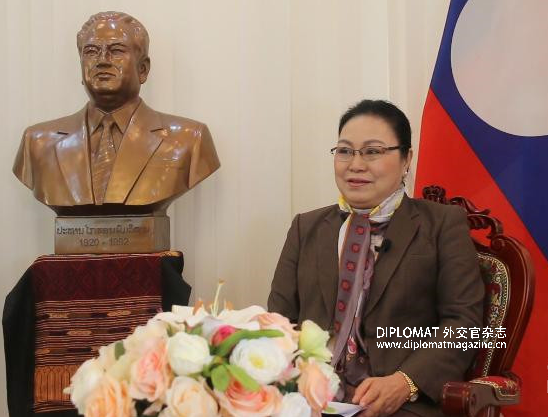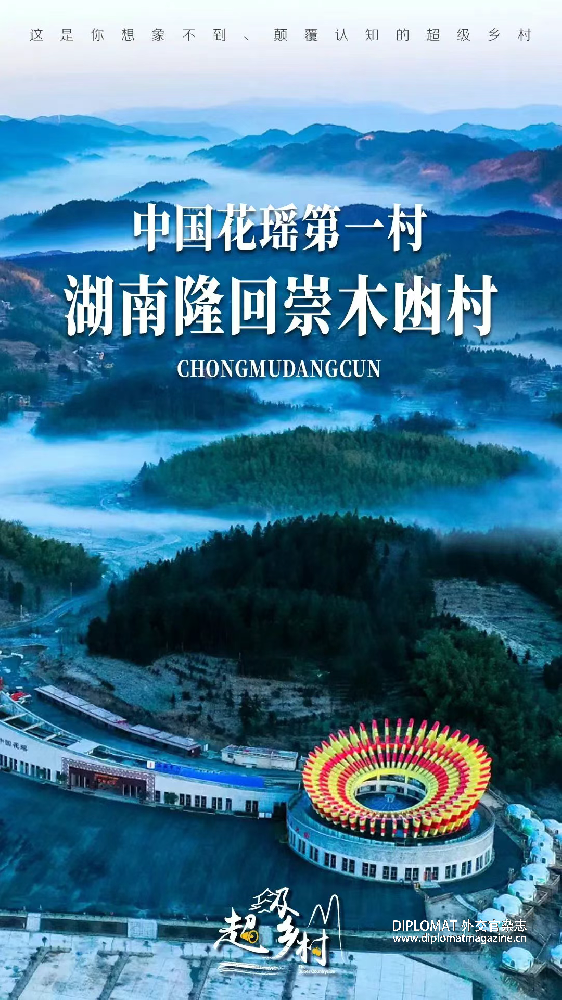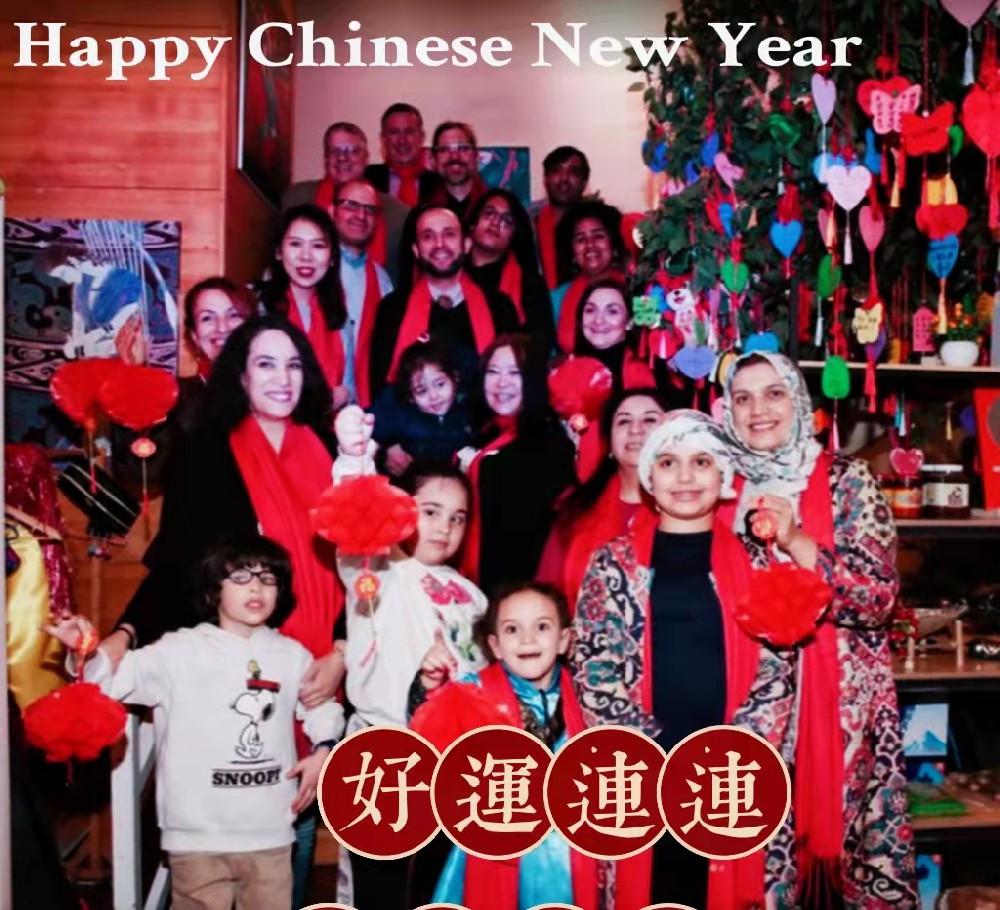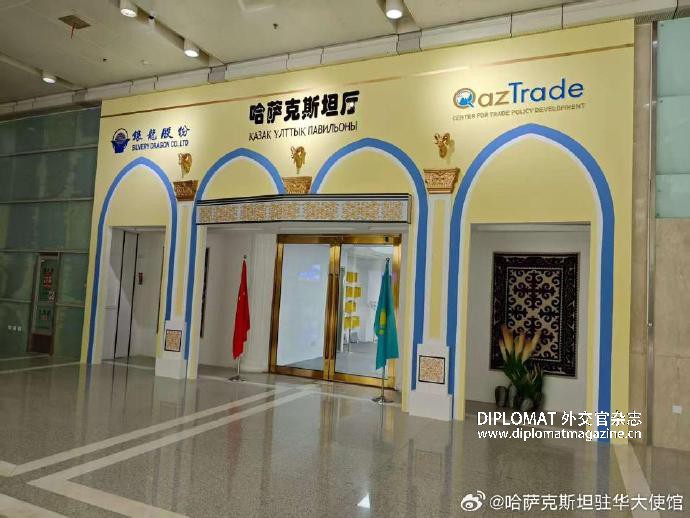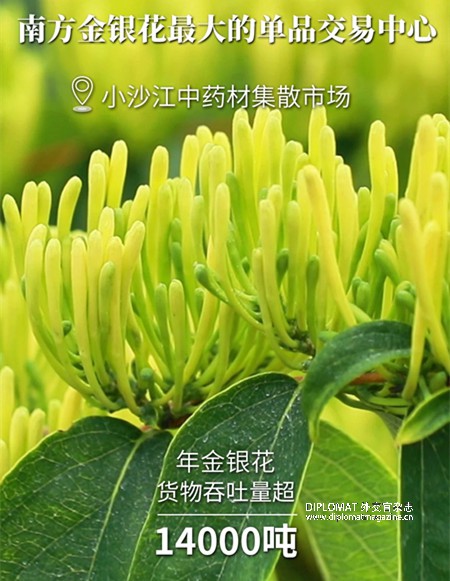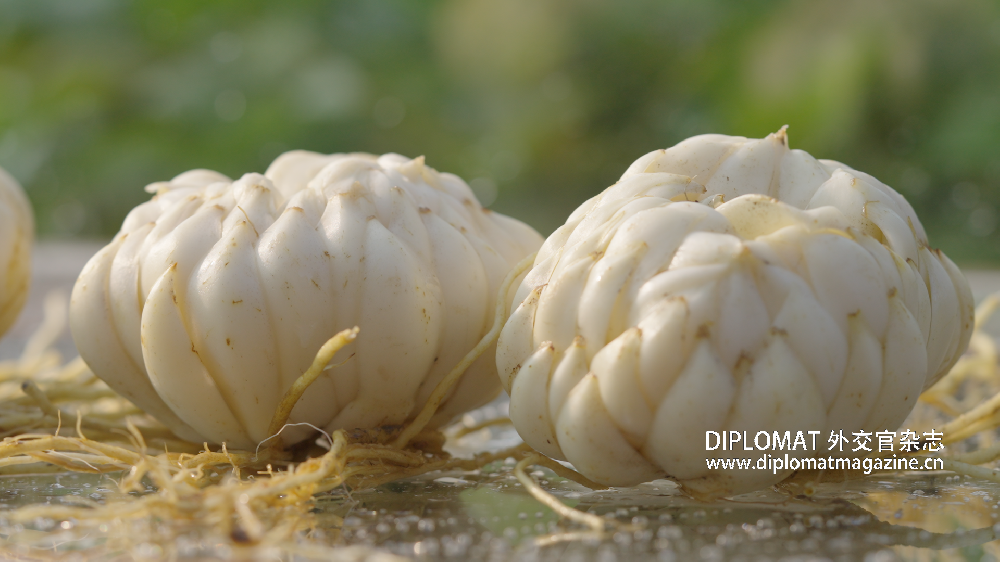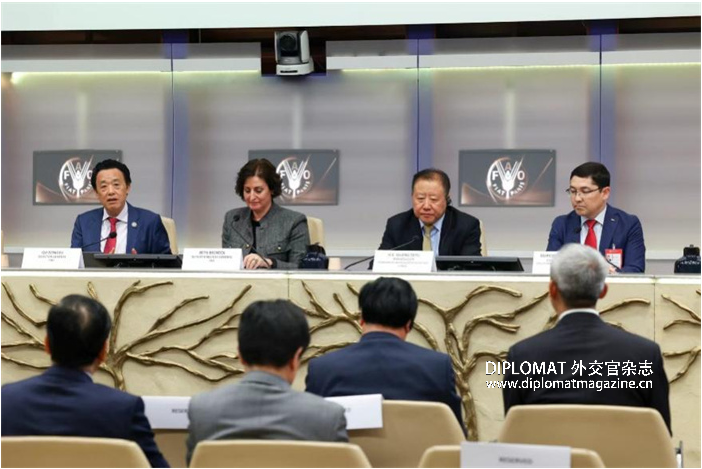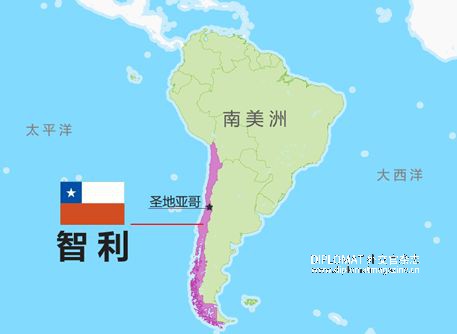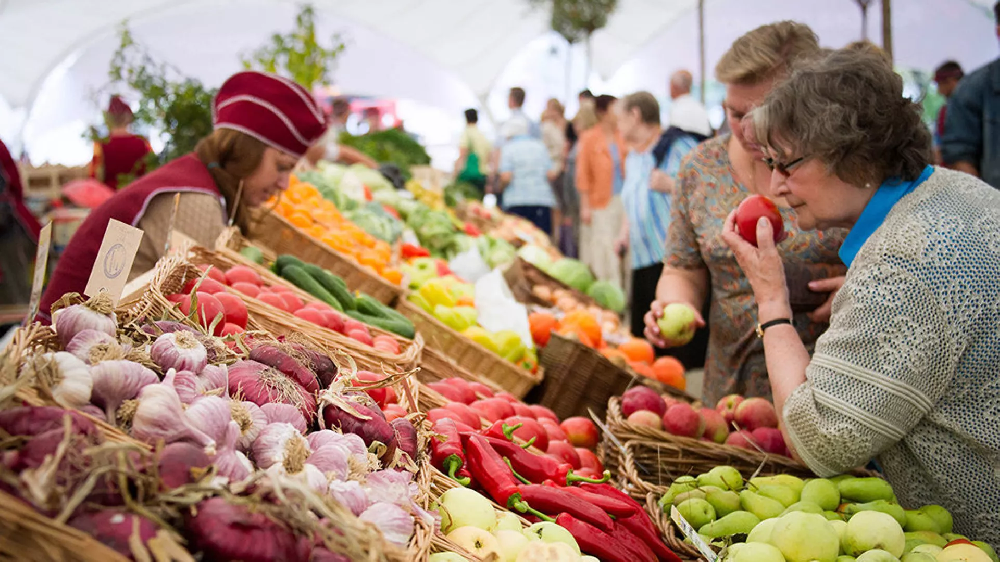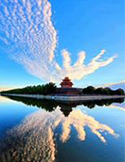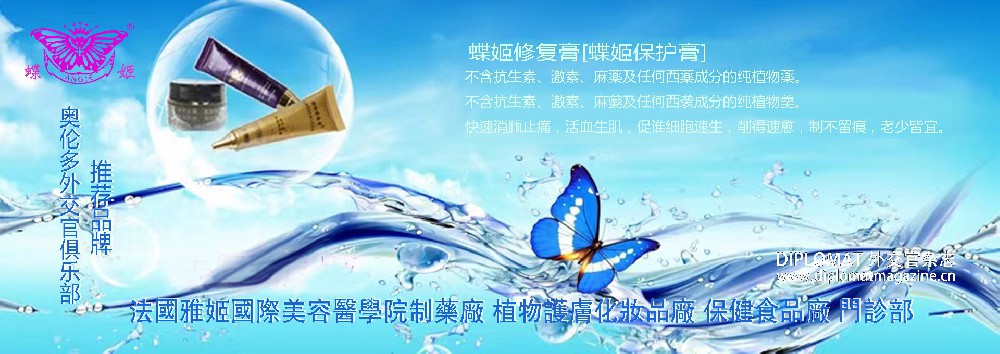导语:Chongmudang Village is one of the core scenic spots within the Huxingshan Hua Yao National Scenic Area. The village covers a land area of 8.08 square kilometers and has a population of 1,155 people, 84% of whom are of Yao ethnicity. It is the unique settlement of the Hua Yao, a distinctive branch of
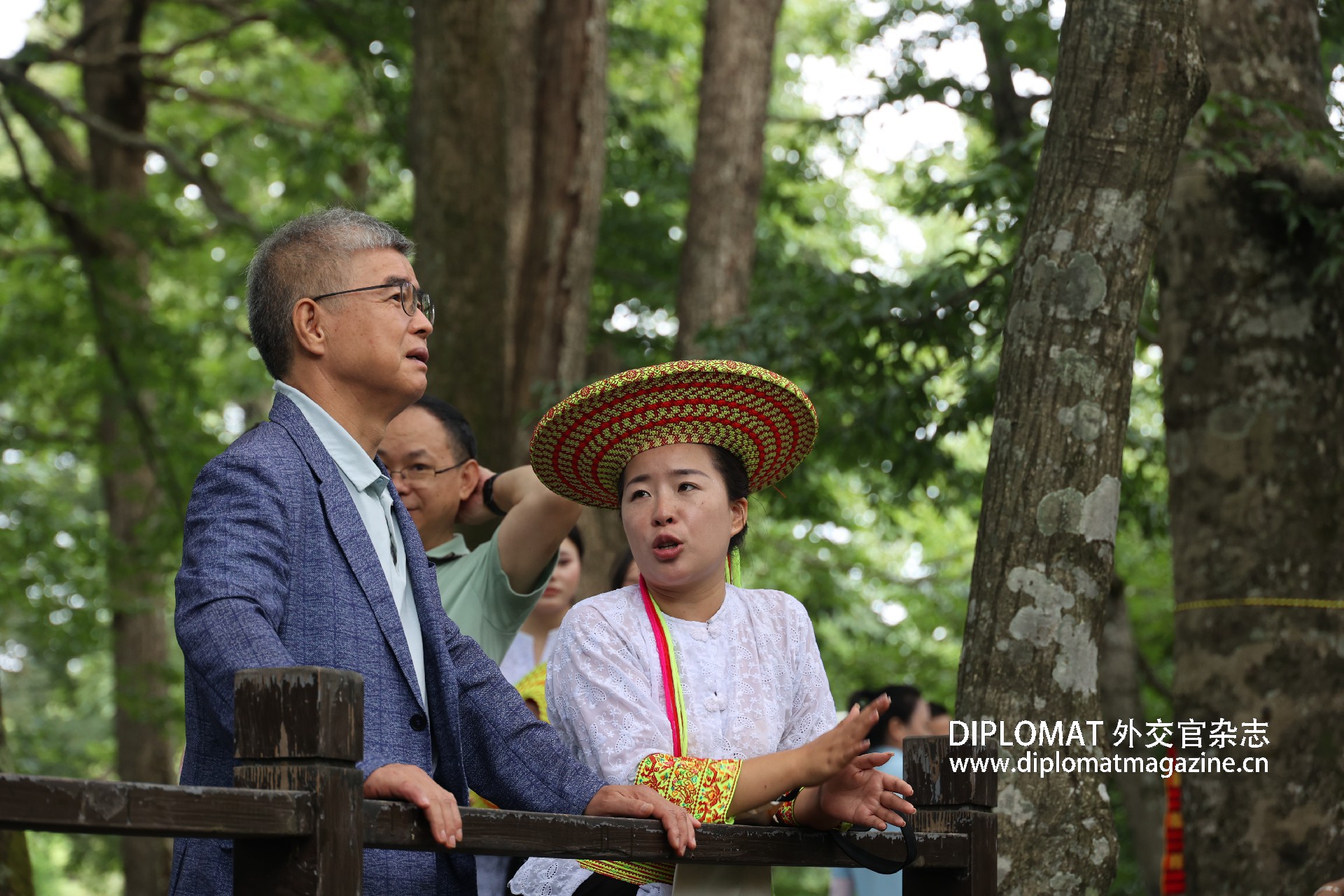
Chongmudang Village is one of the core scenic spots within the Huxingshan Hua Yao National Scenic Area. The village covers a land area of 8.08 square kilometers and has a population of 1,155 people, 84% of whom are of Yao ethnicity. It is the unique settlement of the Hua Yao, a distinctive branch of the Yao people found nowhere else in China. Chongmudang Village has been successively honored with titles including "Characteristic Ethnic Village of Hunan Province," one of the first "Famous Hunan Characteristic Tourism Villages," one of the first batch of "Traditional Chinese Villages," "Hunan Provincial Famous Historical and Cultural Village," "Characteristic Ethnic Village of China," and one of the "Ten Most Beautiful Characteristic Ethnic Villages in Hunan."
The village preserves rich cultural heritage such as traditional architecture, the Yao language, Hua Yao legends, Hua Yao folk customs, Hua Yao martial arts, and Hua Yao songs and dances.
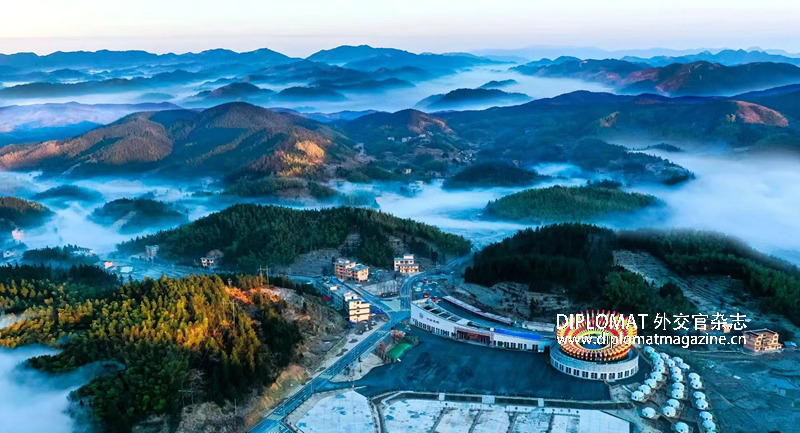
Nestled against the mountains, the village retains traditional wooden stilt houses (ganlan -style architecture), predominantly built in the form of diao jiao lou (stilted buildings). Chongmudang currently has over 150 traditional buildings, mostly stilted houses. They feature a simple, elegant form with a staggered, well-arranged layout. Typically two stories high, they have external staircases . The upper floor serves as an elevated storage space primarily used for keeping belongings.
The village boasts abundant eco-tourism resources, including the mysterious and distant traditional ancient village, the ancient and vigorous Chongmudang Ancient Tree Park, and expansive, golden fields of honeysuckle flowers. Since ancient times, Chongmudang has embodied the principle of "village inseparable from trees, trees inseparable from village." It possesses an ancient tree grove covering 57 mu (approximately 3.8 hectares) , with the oldest tree being 1,200 years old and an average tree age of 400 years.
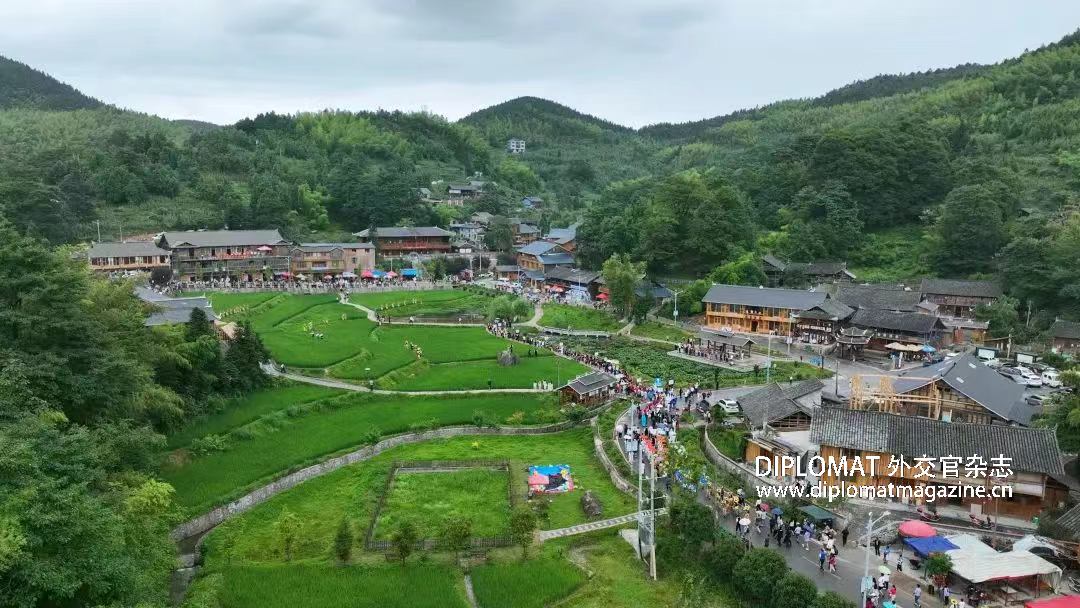
Its folk culture is uniquely distinctive, featuring:
Two National Intangible Cultural Heritages (ICH): Hua Yao cross-stitch embroidery and Hua Yao Wuwashan'e songs (Un Wa folk songs) .
Two Provincial ICH items: Hua Yao marriage customs and the traditional Hua Yao festival "Tao Liaogui" .
One Municipal ICH item: Hua Yao mountain songs .



